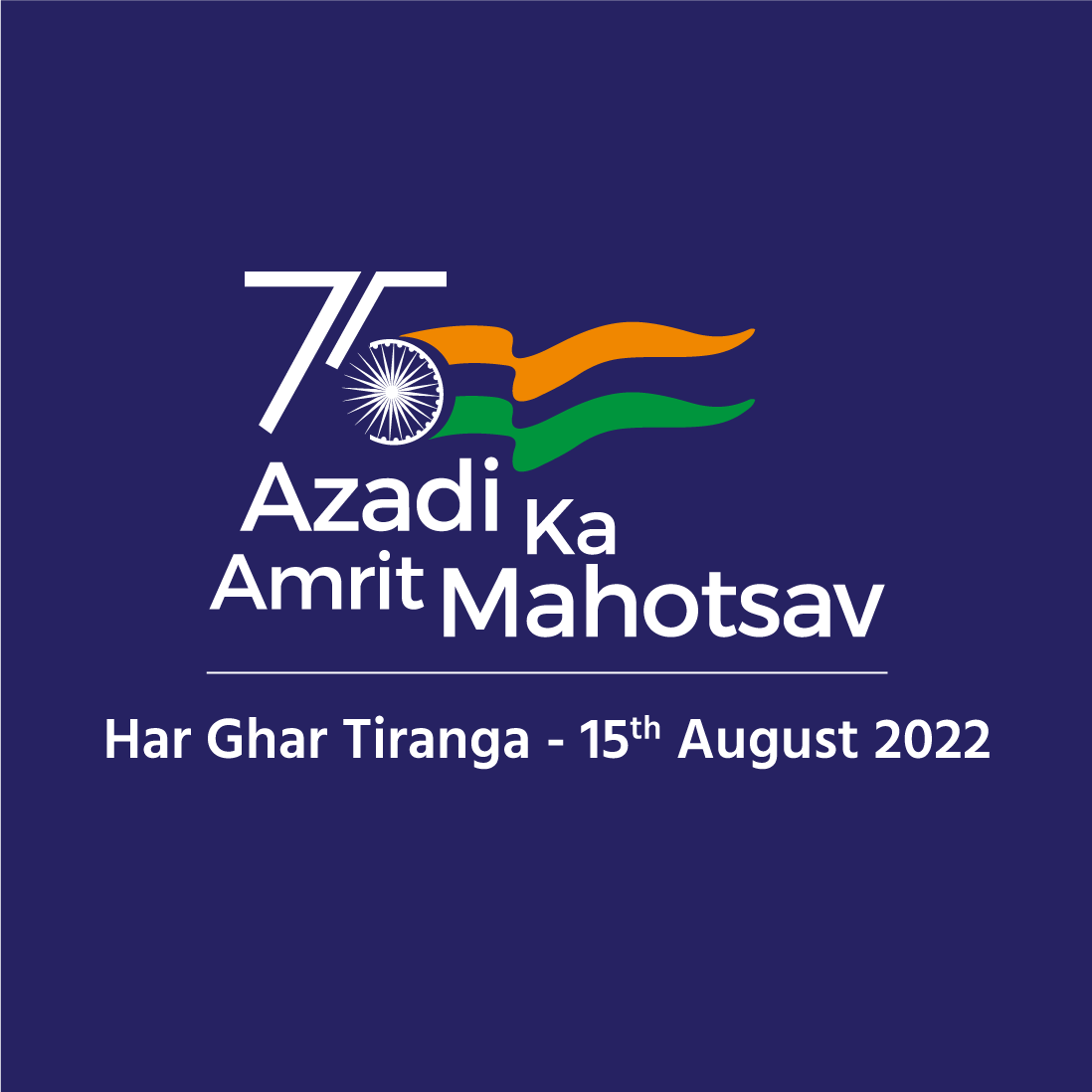
Indian Council of World Affairs
Sapru House, New DelhiPakistan’s JF-17 Sales to Azerbaijan and Wider Implications
Abstract: Turkey and Pakistan have developed strong political and defence relations with traditional partner Azerbaijan since the second Nagorno-Karabakh conflict. The recent sale of JF-17C aircraft by Pakistan would enhance Azerbaijan’s air combat capability; however, it could bring instability in the South Caucasus.
Introduction
On 25 September 2024, Azerbaijan President, Ilham Aliyev, received the first batch of JF-17C Block III fighter aircraft from Pakistan during a defence exhibition at Hyder Aliyev International Airport, Baku.[i] The following day, the Pakistan military confirmed the sale of JF-17C to Azerbaijan as part of their defence cooperation, underscoring Azerbaijan’s commitment to enhance their air capability.[ii] However, the acquisition cost and quantity of the aircraft remain undisclosed. According to the Dawn report, Pakistan has signed a $1.6 billion contract to sell unspecified numbers of JF-17 aircraft to Azerbaijan, making Baku the third global buyer of the combat aircraft from Pakistan after Myanmar and Nigeria.[iii]
The JF-17C aircraft: Specifications and Capability
The JF-17C Block III is an advanced version of the JF-17 Thunder aircraft, jointly developed by China’s Chengdu Aircraft Corporation and Pakistan Aeronautical Complex. The JF-17 is a 4.5-generation, single-engine, multi-role fighter aircraft equipped with modern avionics, active electronically scanned array radar, and advanced weaponry. It is designed for all weather operations and capable of both air-to-air and air-to-ground combat.[iv] Besides Chinese components, the aircraft is also equipped with Turkish weapon systems, such as Bozdogan within-visual-range air-to-air missiles and Gokdogan beyond-visual-range air-to-air missiles (BVRAAM), enhancing its long-range missile capabilities.
The purchase marks a significant step in its arms modernisation plan. With the procurement of JF-17, Azerbaijan has cleared the air that they are heading towards reinventing their armoury while upgrading their existing MiG-29s and subsonic Su-25 Frogfoot attack aircraft.[v] However, Armenia and Azerbaijan have been striving to improve their bilateral relations. So, the recent sale creates serious concerns in these circumstances, which could have broad geopolitical implications including for India.
Why Azerbaijan Purchased JF-17C?
Behind the purchase of JF-17 aircraft, Azerbaijan could have two motives. First, diversify sources of arms acquisition by reducing dependence on Russia’s arms amid upgrading its ageing fleet of Soviet-made aircraft, and second, bolster their bilateral ties with a fellow Islamic country, Pakistan. In its diversification plans, both Turkey and Pakistan have significant roles in addition to Israel.
Russia has been the largest arms supplier for Azerbaijan until recently. However, the equation started changing since the outbreak of the second Nagorno–Karabakh conflict in 2020. Russian involvement in the Ukraine War somewhat constrained its influence over the South Caucasus. However, Turkey and Pakistan have arrived promptly to fill this gap. For instance, the Turkish defence industry, known as TUSAS, announced in May 2023 that Ankara, rather than Moscow, would modernise the Sukhoi Su-25 aircraft for Azerbaijan.[vi] Also, Israel’s Elbit Systems upgraded the Azerbaijani T-72 tanks. Azerbaijan also purchased Turkish and Israeli drones, which played a crucial role in its campaign in Armenia during the Nagorno–Karabakh conflict.[vii] It is worth mentioning that arms acquisitions from Turkey have surged since 2017, while imports from Russia have dipped since 2019.[viii]
The relationship between Pakistan and Azerbaijan has been political and economic for long. The bilateral trade between the two countries increased from $13.28 million in 2020 to over $100 million in 2023.[ix] However, the two countries developed ties in the defence sector in 2003, when they signed a military agreement to allow Azerbaijani military personnel to participate in the annual military drills alongside Pakistani forces. As part of the agreement, Naval personnel from Azerbaijan took part in AMAN-2013, the largest Pakistan-led multinational maritime exercise held in the Arabian Sea in 2013.[x] Later, during Pakistan’s PM Nawaz Sharif’s visit to Azerbaijan in 2016, the two sides agreed to hold joint military training between their armed forces and cooperate in joint defence production.[xi]
In 2021, Turkey-Pakistan-Azerbaijan signed the Baku Declaration, a trilateral strategic partnership agreement where arms trade and defence cooperation were crucial.[xii] Since then, the three Islamic countries have developed and strengthened a strong political and defence relationship. Before the official confirmation, the JF-17 deal between Pakistan and Azerbaijan had been speculated about for years. There is not much information available on the reasons behind the significant delay. However, manufacturing and technical malfunctions in the previous version of the JF-17 could have been the major factor behind dragging negotiations to wait till the production of the modified Block III version. In 2015, Myanmar and Pakistan signed a contract for the 11 JF-17 Block II aircraft, and in 2023, Naypyidaw grounded its entire JF-17 fleet by declaring them unfit for operations.[xiii]
President Aliyev hailed the JF-17 aircraft during the defence ceremony, saying, “It would go a long way in consolidating the existing military cooperation between Pakistan and Azerbaijan, fostering closer defence collaboration, the Dawn reported.[xiv] According to regional experts, the JF-17 aircraft are superior to US F-16 C aircraft in weapon-carrying capacity, aerial warfare, and ship-busting capability.[xv]
The Geopolitical Repercussions
Historically, both Armenia and Azerbaijan have been significant recipients of Russian arms. However, since the Nagorno–Karabakh conflict in 2020, both disputants opted to diversify their arms partners. Azerbaijan, a significant importer of Turkey’s arms, started looking towards Pakistan for its arms requirements, while Armenia, on the other hand, tilted towards India and France for its arms replenishment.[xvi]
Not only could the import of the JF-17 increase Azerbaijan’s offensive firepower against landlocked Armenia, but it would also create a security dilemma in the region. Consequently, it could cause Armenia to acquire more potent arms from the West and other partners. The transfer of sophisticated and offensive arms could escalate regional tensions and unsettle the balance of power in the South Caucasus. Moreover, the sale could open a new arms market for China, which would strive hard to grab the opportunity to increase its future sales in the region.[xvii]
As one of the largest defence partners of Armenia since 2021, India would closely observe the changing dynamics of the South Caucasus.[xviii] Pakistan’s sale of JF-17 aircraft to Azerbaijan may lead Armenia to further arms imports from its partners, including India. In the past few years, India has responsibly supplied some arms, defensive in nature, to Armenia at their request. India has exported Swathi weapon locating radar, Pinaka Multi Barrel Rocket Launchers (MBRLs), ATGS howitzers, and Akash 1S air defence system.[xix] Indian arms exports are meant for the recipient’s defence and are not based on any ideology or commercial interest.
Conclusion
The transfer of JF-17 aircraft would enhance the offensive combat capability of Azerbaijan, which is modernising its military by resorting to new suppliers besides traditional arms partners. The sale, however, would increase the security dilemma in Armenia, which is striving to improve its relationship with Azerbaijan. Such circumstances could destabilise the balance of power and status quo in the South Caucasus. The sale has broader geopolitical implications; hence, India needs to closely evaluate the region’s events, as all three countries, viz. Azerbaijan, Pakistan, and Turkey do not share comfortable relations with India.
*****
*Mukesh Kumar, Research Associate, Indian Council of World Affairs, New Delhi.
Disclaimer: Views expressed are personal.
Endnotes
[i] Iddon, Paul. “Pakistan and India Bolster Azerbaijan and Armenia’s Airpower.” Forbes. Accessed October 9, 2024. https://www.forbes.com/sites/pauliddon/2024/09/29/pakistan-and-india-bolster-azerbaijan-and-armenias-airpower/.
[ii] Reuters. “Pakistan Signs Contract to Sell JF-17 Fighter Jets to Azerbaijan.” September 26, 2024, sec. Aerospace & Defense. https://www.reuters.com/business/aerospace-defense/pakistans-military-says-it-has-signed-contract-sell-jf-17-fighter-jets-2024-09-26/.
[iii] Syed, Baqir Sajjad. “Azerbaijan Buys JF-17 Fighter Jets from Pakistan.” DAWN.COM, September 27, 2024. https://www.dawn.com/news/1861418.
[iv] PTI. “Azerbaijan Buys Fighter Jets from Pakistan under $1.6 Billion Deal: Report.” The Hindu, September 27, 2024, sec. World. https://www.thehindu.com/news/international/azerbaijan-buys-fighter-jets-from-pakistan-under-16-billion-deal-report/article68689793.ece.
[v] Iddon, Paul. “Pakistan and India Bolster Azerbaijan and Armenia’s Airpower.” Forbes. Accessed October 9, 2024. https://www.forbes.com/sites/pauliddon/2024/09/29/pakistan-and-india-bolster-azerbaijan-and-armenias-airpower/.
[vi] “Azerbaijan Is Drifting Away From Russia, and Moscow Has Only Itself to Blame.” Accessed October 18, 2024. https://jamestown.org/program/azerbaijan-is-drifting-away-from-russia-and-moscow-has-only-itself-to-blame/.
[vii] Iddon, Paul. “Pakistan and India Bolster Azerbaijan And Armenia’s Airpower.” Forbes. Accessed October 9, 2024. https://www.forbes.com/sites/pauliddon/2024/09/29/pakistan-and-india-bolster-azerbaijan-and-armenias-airpower/.
[viii] Business Insider. “A Traditional Russian Ally Snubbed Moscow’s Latest Fighter Jets for Competitors from Pakistan and Turkey | Business Insider India.” Accessed October 18, 2024. https://www.businessinsider.in/international/news/a-traditional-russian-ally-snubbed-moscows-latest-fighter-jets-for-competitors-from-pakistan-and-turkey/articleshow/108280967.cms.
[ix] “Azerbaijan Strengthens Trilateral Cooperation With Pakistan and Türkiye.” Accessed October 18, 2024. https://jamestown.org/program/azerbaijan-strengthens-trilateral-cooperation-with-pakistan-and-turkiye/.
[x] Azernews.Az. “Azerbaijan, Pakistan Unfold New Chapter in Defence Cooperation,” February 23, 2024. https://www.azernews.az/analysis/222275.html.
[xi] Dawn.com. “Azerbaijan, Pakistan Discuss Plans for Joint Military Training.” DAWN.COM, October 14, 2016. http://www.dawn.com/news/1289965.
[xii] “Azerbaijan Boosts Trilateral Cooperation with Pakistan and Turkey.” Accessed October 9, 2024. https://jamestown.org/program/azerbaijan-boosts-trilateral-cooperation-with-pakistan-and-turkey/.
[xiii] The Economic Times. “Myanmar Angry with Pakistan over ‘unfit’ Fighter Jets Supplied by Islamabad: Report.” September 4, 2023. https://economictimes.indiatimes.com/news/defence/myanmar-angry-with-pakistan-over-unfit-fighter-jets-supplied-by-islamabad-report/articleshow/103335997.cms?from=mdr.
[xiv] Syed, Baqir Sajjad. “Azerbaijan Buys JF-17 Fighter Jets from Pakistan.” DAWN.COM, September 27, 2024. https://www.dawn.com/news/1861418.
[xv] Azernews.Az. “Azerbaijan, Pakistan Unfold New Chapter in Defence Cooperation,” February 23, 2024. https://www.azernews.az/analysis/222275.html.
[xvi] Iddon, Paul. “Pakistan And India Bolster Azerbaijan and Armenia’s Airpower.” Forbes. Accessed October 9, 2024. https://www.forbes.com/sites/pauliddon/2024/09/29/pakistan-and-india-bolster-azerbaijan-and-armenias-airpower/.
[xvii] South China Morning Post. “Can China’s Military Jets Find Favour in Arms Markets Dominated by US, Russia?,” October 2, 2024. https://www.scmp.com/news/china/diplomacy/article/3280789/can-chinas-military-jets-find-favour-arms-markets-dominated-us-russia.
[xviii] Wezeman, Pieter d. , Alexandra Kuimova, and Siemon t. Wezeman. “TRENDS IN INTERNATIONAL ARMS TRANSFERS, 2021.” SIPRI Fact Sheet. SIPRI, March 2022. https://www.sipri.org/sites/default/files/2022-03/fs_2203_at_2021.pdf.
[xix] “India Becomes Armenia’s Largest Defense Supplier.” Accessed October 9, 2024. https://jamestown.org/program/india-becomes-armenias-largest-defense-supplier/.















